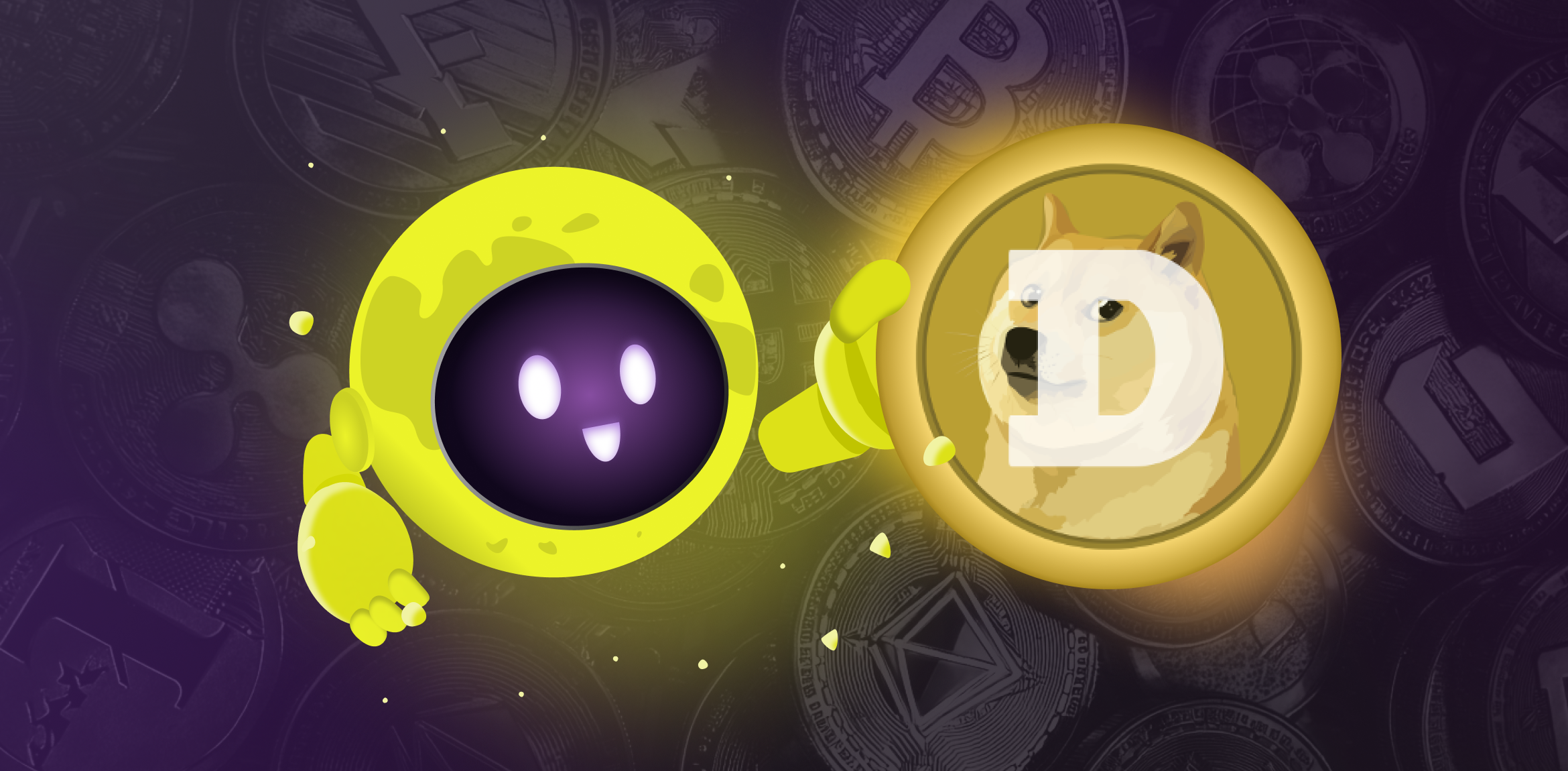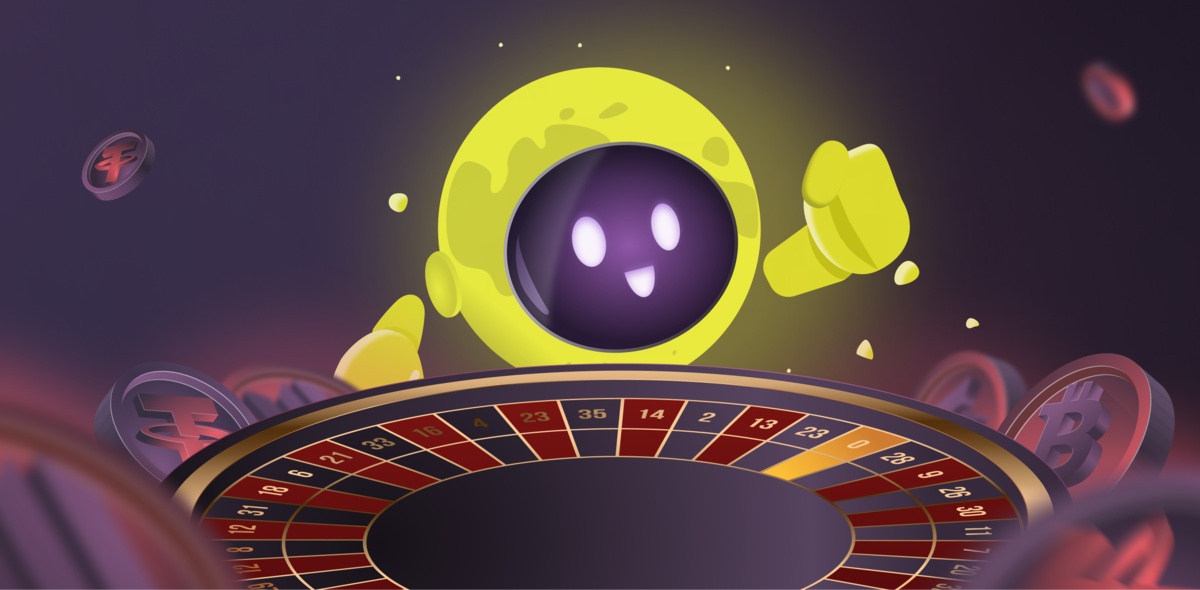
Bitcoin Ordinals: An Introduction
So far the majority in the crypto world has been talking about Bitcoin as a store of value. This idea initiated a heated debate, which has not eased off until this day. Nonetheless, what can be seen in practice is that Bitcoin is rarely used actively as a means of payment. Even though there are interesting cases, such as El Salvador, in a lot of countries Bitcoin cannot be used for payments legally.
So there is only one thing left to do, find a way to use Bitcoin online, within the blockchain, to give it a more applied use case. Here is where Bitcoin ordinals come to the scene.
Basically, the idea of ordinals inscriptions is very similar to NFTs. It is a special protocol that allows users to inscribe various digital content onto the Bitcoin blockchain and thus to create Bitcoin NFTs.
A creator of the Bitcoin ordinals protocol is Casey Rodarmor. He is not just a programmer, but also an artist who saw an opportunity in digital art assigned to a unique asset. His first successful attempt to inscribe an image happened in December 2014. It was a pixel art of a skull.
His whole idea is based on the fact that satoshis (sats), the smallest piece of Bitcoin, can have a kind of individual identity, which can make it possible to track them and assign meaning to each of them.
Unique Features and Benefits of Bitcoin Ordinals
The main difference between BTC NFTs and Ethereum NFTs is that a piece of art associated with Bitcoin inscriptions is stored on-chain. At the same time typical NFT built on Ethereum only holds metadata and the object itself is stored off-chain.
Another difference is price formation. With classical NFTs, various attributes can influence the price — for example, a limited number of some NFTs. On the other hand, the price of Bitcoin ordinals will change from block to block, as well as within the blocks. Each new block will have an added level of rarity, which will push the price higher.
Understanding the BRC-20 Token Standard
BRC-20 is a new and experimental token standard, which appeared on the Bitcoin ordinals protocol. So far it is known that the BRC-20 standard uses JavaScript Object Notation (JSON) to inscribe data to sats. Unlike the ERC-20 token, the BRC-20 standard exists on the Bitcoin blockchain and doesn’t use smart contracts, which leads to limited functionality.
So far it is hard to talk about precise use cases, since this token standard is brand new. However, the crypto world is developing at a very high speed, and is using every opportunity to build on it.
From the existing dynamics it can be concluded that BRC-20 tokens may drive tokenization of real-life things. It may also bring some fresh air into the DeFi space.
Community Reactions: Perspectives and Opinions
It seems that the crypto community got very excited with the new thing. It can be noticed that starting from February 2023 the number of inscriptions has been doubling daily. Mostly, they are connected to images or texts.
On the one hand BRC-20 tokens are actively gaining followers. On the other hand, though, there are people who believe this implementation will eventually kill Bitcoin.
There are different opinions from experts as well. For example, the crypto expert Andreas Antonopoulos said: “The rapid growth of Bitcoin's BRC-20 tokens and their acceptance by major exchanges clearly indicate the increasing confidence in the potential of digital currencies to revolutionize traditional financial systems."
Some experts pay attention to the difficulties that are caused by the new idea.
Francis Pouliot, CEO of Bull Bitcoin, wrote in his Twitter: “I think it's important for bitcoiners to know how increased fees w/o increased tx volume and price pumps affect business like ours.”
Advantages of the BRC-20 Standard
New token standard has a few advantages that should be acknowledged.
Compatibility
First of all, BRC-20 tokens are compatible with the Bitcoin blockchain, which opens new horizons for utility.
Security
BRC-20 tokens come with the same security that the Bitcoin blockchain has. It is considered to be one of the best so far.
User friendly
It is supposed to be easy to use, since it doesn’t have complex smart contracts as ERC-20 tokens.
Drawbacks of the BRC-20 Standard
No smart contracts
Even though the absence of smart contracts makes BRC-20 tokens easier to use, but at the same time it limits its functionality.
Transactions speed
Bitcoin is also known for its low transaction speed. The new implementation increased the pressure on the network, and, thus, the processing time also increased.
Interoperability
The BRC-20 standard is made specifically for the Bitcoin network. This type of token is not supposed to be used in other networks, which limits their opportunities for interoperability.
Community
BRC-20 is a new thing, thus the community of developers is much smaller. This means fewer solutions. However, the community growing process takes time, so most probably we will see changes in this area in the future.
Challenges and Future Outlook
As it was mentioned above, the new standard comes with a lot of challenges. First of all, Bitcoin is known for low transaction speed. Ordinals added pressure on the network, thus slowed down transaction speed and added to the transaction fees. Undoubtedly, this will have an effect on everyone involved in Bitcoin.
Moreover, because of the uniqueness of the BRC-20 standard, its tokens cannot be used in other networks.
So far there was only one update, called Taproot, which introduced Bitcoin ordinal inscriptions. There is no information about the next step yet. Surely, the new standard needs some time for users to get used to it and for developers to start creating using this standard.




